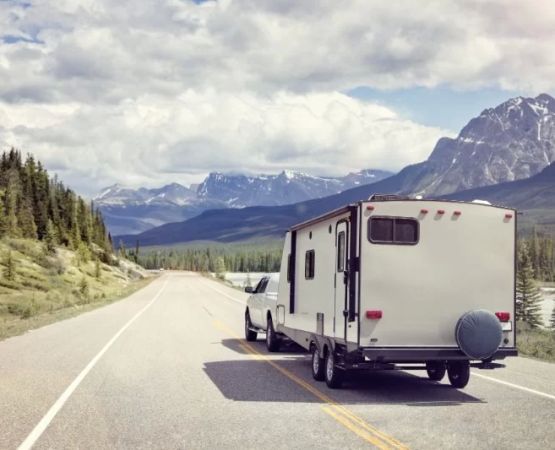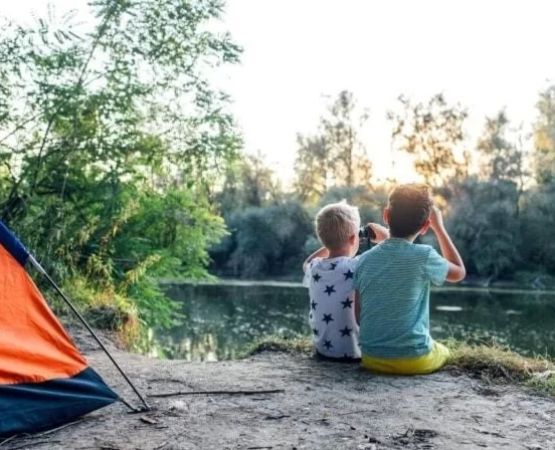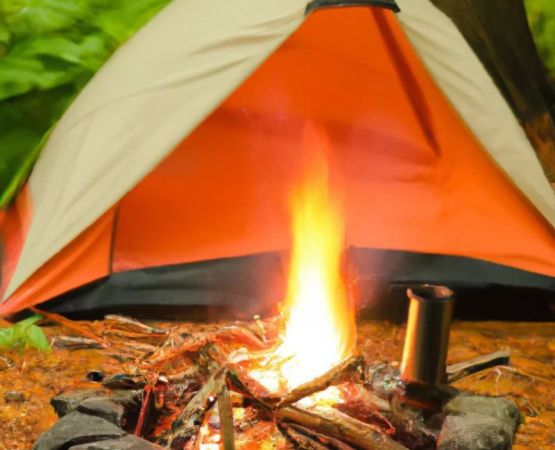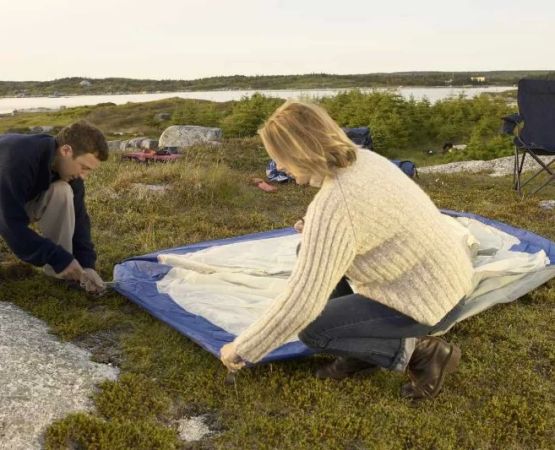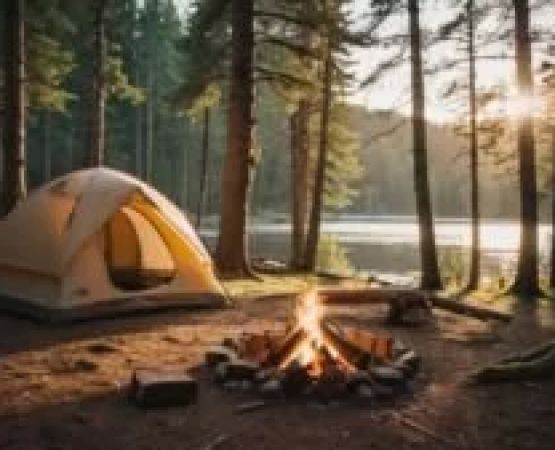Why My First-Aid Kit Became the Most Valuable Item in My Backpack
It started as a simple weekend camping trip—me, my two kids, and our golden retriever, Luna. We had the tent, the sleeping bags, marshmallows for roasting... and what I thought was a “pretty decent” first-aid kit. That is, until my daughter tripped on a root and scraped her knee deep enough that the basic band-aids I packed weren’t cutting it. That moment changed how I prepare for any camping trip.
After that experience, I began researching and testing the perfect camping first-aid kit—not one built for hospitals or extreme scenarios, but one that’s genuinely practical, efficient, and portable. Whether you're car camping or heading deep into the backcountry, what you pack can make a world of difference.
1. Understanding What You’re Preparing For
Before I talk about the actual items, let’s talk mindset. I realized that packing a first-aid kit for camping isn’t just about having bandages. It's about being prepared for the unique challenges that come with being far from help—scrapes, bites, burns, sprains, allergic reactions, dehydration, or even infections.
Terrain and Trip Length Matter
When we hiked in rocky terrain last fall, my husband twisted his ankle two miles from the campsite. I didn’t have a compression wrap or cold pack. Lesson learned. I now pack differently for mountain trails than I do for lakeside camping. Longer trips mean more supplies, especially if you're several hours from the nearest clinic.
2. The Non-Negotiables in My Camping First-Aid Kit
After many trips and trial-and-error, here’s what I now refuse to leave behind:
- Adhesive Bandages (Various Sizes): From mosquito bites to blisters, you’ll use these more than anything else.
- Antiseptic Wipes & Hydrogen Peroxide: For cleaning wounds and preventing infections.
- Sterile Gauze Pads and Medical Tape: Crucial for covering deeper wounds or wrapping joints.
- Antibiotic Ointment: Prevents infection and promotes healing.
- Tweezers and Safety Pins: Essential for removing splinters, ticks, or thorns. I once removed a cactus spine from my son's knee with them.
- Digital Thermometer: Super lightweight and helpful if anyone starts feeling ill in the wilderness.
- Hydrocortisone Cream & Antihistamines: Life-savers for bug bites, allergies, and rashes. I learned this the itchy way during a mosquito-heavy summer trip.
- Elastic Bandage (ACE Wrap): For sprains, support, and holding gauze in place.
- Burn Gel and Aloe Vera: After a marshmallow roasting incident gone wrong, I never leave these behind.
- Medical Gloves and CPR Mask: For hygiene and emergencies, especially in group camping settings.
- Pain Relievers and Fever Reducers: Ibuprofen, acetaminophen, and even aspirin in adult doses.
- Emergency Blanket: It’s compact, light, and came in handy when a cold front hit us out of nowhere in the Rockies.
3. Items You’ll Be Grateful You Packed
These are items that many people overlook, but from experience, I now include them every time:
- Instant Cold Packs: For sprains, headaches, and swelling. Keep at least two in your kit.
- Electrolyte Tablets: Hiking in heat or altitude can dehydrate quickly. These helped my daughter recover after heat exhaustion symptoms last summer.
- Medical Scissors: To cut gauze or even clothes in case of serious injuries.
- Small Notepad & Pen: Jot down symptoms, times medications were given, or notes for rescue teams.
- Whistle: In case of separation or emergency. Lightweight and louder than shouting.
4. Customizing Based on Your Group’s Needs
One of the biggest tips I can share is to tailor your kit. You might camp solo, or with a toddler, or someone with specific medical needs. When I started bringing my dad—who’s diabetic—I added glucose tablets and extra testing supplies. When Luna (our dog) joined our adventures, I packed vet-approved antiseptic spray and paw booties.
Don’t Forget Personal Medications
In my kit, I have a waterproof pill organizer with an extra day’s supply of my husband's blood pressure meds and my allergy pills. It's also smart to include copies of prescriptions in a ziplock bag, just in case.
5. How I Pack It All
I use a bright red, zippered nylon pouch with compartments. It's lightweight but durable. Every item is organized by use: one section for cuts and scrapes, another for medications, and a third for emergency tools. I use ziplock bags inside for waterproofing and easier restocking.
Everything gets checked and replenished before each trip. I also keep a smaller version in my daypack for hikes away from base camp.
6. When the Kit Saved the Day
During a foggy morning hike near Pine Cliff, my son fell and gashed his elbow. It looked worse than it was, but panic set in. Luckily, we were prepared. I cleaned the wound, applied antiseptic, wrapped it properly, and monitored him for infection. We continued our trip, and he proudly showed off his “battle scar.” That moment made me so grateful for the kit I once saw as optional.
I’ve since helped fellow campers patch twisted ankles, soothe wasp stings, and even treat heat exhaustion—all because I had the right supplies and a bit of preparation.
7. A Safe Camper Is a Happy Camper
Having a well-stocked first-aid kit won’t eliminate risk, but it absolutely reduces fear. It makes you more confident, more relaxed, and far better equipped to handle the unexpected. Whether you're a first-time camper or a seasoned adventurer, building your own kit is an essential part of outdoor safety.
Need help finding the perfect campground or wilderness-ready amenities? I highly recommend checking out Pine Cliff Resort—they’ve been my go-to for safe, scenic, and family-friendly camping experiences.


